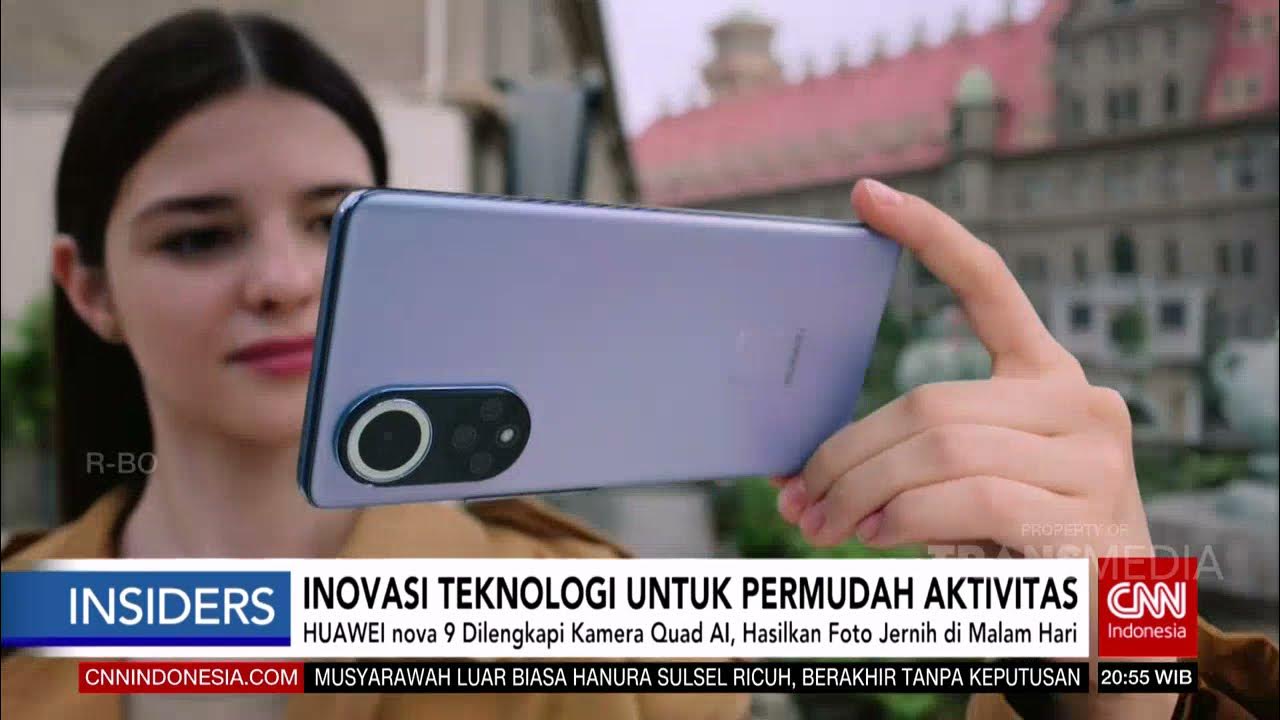Nomophobia adalah
Summary
TLDRThe video discusses the pervasive use of smartphones, with statistics showing an increase in users from 62.9% in 2016 to 67% in 2019. It highlights the convenience smartphones offer but also warns of the health issues and addiction risks associated with excessive use, such as nomophobia. The script presents various symptoms and statistics from Indonesian research, including gender differences and age groups most affected. It outlines the negative impacts on health, social interaction, and even safety due to smartphone distractions. The video concludes with prevention and management strategies, emphasizing education, setting usage limits, and promoting healthier alternatives to excessive smartphone use.
Takeaways
- 📱 The script discusses the pervasive use of mobile phones in daily life, with a significant increase in usage from 62.9% in 2016 to 67% in 2019.
- 🌐 Mobile phones provide easy access to information, social connectivity, and various applications, enhancing comfort and mobility.
- 🌙 Approximately 60% of people check their smartphones at night, and 74% while walking, indicating a high dependency on these devices.
- 🚫 Excessive smartphone use can lead to health issues, addiction, and a psychological condition known as 'nomophobia', or fear of being without a phone.
- 👨👩👧👦 In Indonesia, 47% of men and 56% of women reportedly experience nomophobia, highlighting its widespread impact.
- 🛁 Other habits include 91% of people bringing their phones to the bathroom and 95% using them before sleep, demonstrating an ingrained part of daily routines.
- 📊 A study among 774 students aged 18 and above showed that 20.8% experienced mild nomophobia, 54.5% moderate, and 23.5% severe.
- 🔋 Symptoms of nomophobia include spending excessive time on smartphones, carrying multiple devices, and anxiety when not holding a phone or when experiencing network issues.
- 📳 'Phantom vibration' is a phenomenon where people feel their phone vibrating or ringing when it is not, affecting 9 out of 10 individuals.
- 🏥 Risk factors for nomophobia include frequent phone checks, being extroverted, and being female, with young adults aged 18-25 being particularly susceptible.
- 🛑 Preventive measures and management strategies for nomophobia include educating about the negative impacts of excessive phone use, setting limits, and encouraging healthier social interactions and activities.
Q & A
What is the percentage increase of mobile phone users from 2016 to 2019 according to the script?
-The percentage of mobile phone users increased from 62.9% in 2016 to 67% in 2019.
What are some of the benefits of using a smartphone as mentioned in the script?
-Smartphones provide easy access to information, social connectivity, applications for various purposes, comfort, and mobility.
What is the term used to describe the fear of being without a mobile phone, as discussed in the script?
-The term used is 'nomophobia', which is a psychological condition where individuals fear being disconnected from their mobile phones.
How does the script define 'phantom vibration syndrome'?
-Phantom vibration syndrome is when a person feels their phone vibrating or ringing when it is not, which is considered a hallucination due to excessive mobile phone use.
According to the script, what percentage of men and women in Indonesia experience nomophobia?
-47% of men and 56% of women in Indonesia experience nomophobia.
What are some of the behaviors associated with smartphone addiction as outlined in the script?
-Behaviors include spending excessive time with smartphones, owning more than one smartphone, carrying chargers everywhere, feeling anxious without holding a smartphone, and constantly checking for notifications or incoming calls.
What are the symptoms of severe nomophobia as described in the script?
-Symptoms include feeling anxious, having rapid breathing, sweating, trembling, agitation, disorientation, increased heart rate, panic, and fear.
What are some of the risks and impacts of nomophobia mentioned in the script?
-Risks and impacts include health issues like headaches, eye problems, and sleep disorders, reduced face-to-face communication, decreased concentration due to phone focus, accidents at home, work, and while driving, and feelings of insecurity, panic, and anxiety.
How can excessive smartphone use lead to accidents, as indicated in the script?
-Excessive smartphone use can lead to accidents because it distracts individuals, making them less attentive to their surroundings, which can occur at home, at work, or while driving.
What are some preventive measures and management strategies for nomophobia suggested in the script?
-Preventive measures include education on the negative impacts of excessive smartphone use, promoting positive smartphone use, setting boundaries, and engaging in more beneficial activities. Management strategies involve early detection and counseling, medical intervention if necessary, and creating awareness.
Outlines

Dieser Bereich ist nur für Premium-Benutzer verfügbar. Bitte führen Sie ein Upgrade durch, um auf diesen Abschnitt zuzugreifen.
Upgrade durchführenMindmap

Dieser Bereich ist nur für Premium-Benutzer verfügbar. Bitte führen Sie ein Upgrade durch, um auf diesen Abschnitt zuzugreifen.
Upgrade durchführenKeywords

Dieser Bereich ist nur für Premium-Benutzer verfügbar. Bitte führen Sie ein Upgrade durch, um auf diesen Abschnitt zuzugreifen.
Upgrade durchführenHighlights

Dieser Bereich ist nur für Premium-Benutzer verfügbar. Bitte führen Sie ein Upgrade durch, um auf diesen Abschnitt zuzugreifen.
Upgrade durchführenTranscripts

Dieser Bereich ist nur für Premium-Benutzer verfügbar. Bitte führen Sie ein Upgrade durch, um auf diesen Abschnitt zuzugreifen.
Upgrade durchführenWeitere ähnliche Videos ansehen

Internet of things IoT security issues

DON'T Buy UV Tempered Glass EVER 🚫 !

Success Beyond Screen | Shobhit Nirwan | TEDxYouth@TheModernSchoolBarmer

INOVASI TEKNOLOGI UNTUK PERMUDAH AKTIVITAS | INSIDER (29/10/21)

How Statistics Supports our Intuition | Ostap Okhrin | TEDxDresden

Smartphone addiction.short animation video
5.0 / 5 (0 votes)
